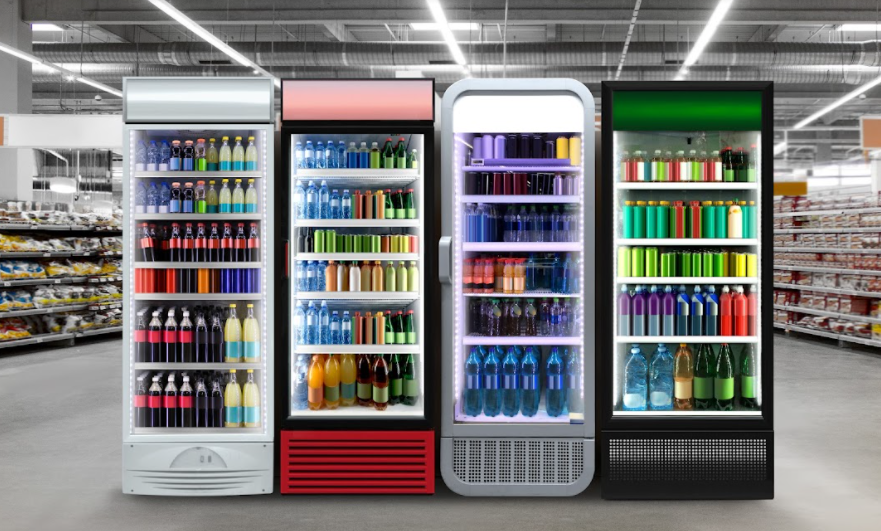[gravata]Learn when and how to use this resource well. [/gravata] It’s always important to try to promote the store and the products it offers. This attracts new customers and encourages former ones to return to the establishment. But how to do this? For starters, it’s worth noting that promotion isn’t the same as liquidation sales. Liquidation sales are intended to close out inventory that has stopped turning over or will no longer be sold, selling them at low prices, sometimes even at prices lower than cost. While promotions may involve lowering prices, but primarily seek to attract more customers to the store. Of course, promotional actions may involve discounts, but aren’t limited to this and can be done without interfering with prices. For example, retailers can offer promotions involving:
- Gifts in buying a particular product;
- More favorable payment conditions.
This is one of the aspects highlighted by the consultant José Carmo de Oliveira, from the Brazilian Support Service for Micro and Small Enterprises (Sebrae-SP), who considers essential the correct use of promotions for retail. These actions serve to make the store better known and draw attention from the public who already knows it. But he warns that it’s necessary to plan for the results to be positive. “A key measure is to keep a customer database, which will facilitate the relationship. You have to register them, have their addresses, including e-mails and know what they usually buy. With these data, it’s possible to make direct communication with them, with greater efficiency and good results”, he explains. Direct marketing actions (see box) are the most recommended for specialized retailers in refrigeration, according to Oliveira, since conventional advertising is expensive. “A catalog or direct mail, carrying the news that the store offers and products that are discounted work very well to turn-over the stock. Similarly, a telemarketing operation, with the retailer’s employees calling potential buyers. These are low-cost actions that can be developed internally, without the need to hire an agency”, he says. To create a register or expand it if it already exists, Oliveira suggests doing simple searches on the internet. “There are several websites with a similar structure to the old ‘Yellow Pages’ telephone directories, containing company contact information. This is the case for ‘GuiaMais’, ‘Telelistas’ and others. There you can find shops and service professionals very easily, registering them for future promotional activities “, he adds. According to him, simple initiatives such as this will expand the public who come to know the store and result in sales growth, immediately and in the future. Another tip is to use Facebook and social networking in general to communicate with potential customers. The cost is very low and reaches the younger refrigeration professional quite well. [box side=”alignleft” color=”box-cinza” pos=”vertical”] DIRECT MARKETING TOOLS Direct mail: can be prepared to be either sent by mail or email, targeting the public registered by the company and informing them of news and promotions related to products of their interest. The more personalized the message, the greater the impact on the recipient when receiving it. Telemarketing: can be used as a way to sell, communicate something new and find new customers. This needs to be well planned and executed, to reach the right audience and also not to annoy those who receive the call. Catalog: can be distributed in the store or sent to current customers and those who you intend to attract. It shows the variety of products offered and helps customers to “remember” items that they can buy in the store. Coupons or mileage: consists of giving an advantage to regular customers, offering them exclusive promotions, gifts or special conditions after a certain volume of purchases. Internet: enables communication and virtual interconnection between suppliers and customers through a number of resources, such as sending electronic mailings. Using social networks like Facebook is now the prime example of interaction with the companies’ target public. Source: Yumi Mori Tuleski / CEDET (www.cedet.com.br) [/box] Controlling inventory The main risks associated with promotions come from the lack of planning. Don’t confuse promotion with liquidation because the goal isn’t only to sell but to attract the public and publicize the store. Therefore care must be taken when offering discounts that may either cause a loss (selling below cost price) or bring the store to be out of stock of essential items. “Promotions associated with discounts generate movement in the store, also resulting in the sale of other products which will continue with their normal prices”, says Oliveira. “But it’s necessary to make rational decisions, evaluating what is still in inventory and what can be sold with a lower profit”, he adds, noting that stopped inventory is stopped working capital. One of the secrets is to keep a good handle on what sells best and what the most sought after products are. A well done promotion draws the attention of potential customers and also generates cash on hand – allowing better negotiations with suppliers, obtaining more favorable prices and conditions. With the proceeds from the promotional sale, the consultant recommends that the store buy items with fast turn-over, keeping a minimum inventory of those which were offered at a discount. An important tip is to plan promotions according to a schedule, studying what’s best for each season – like in the summer – or even for special occasions like Christmas. The World Cup itself opens up opportunities for this (see article). Briefly, it can be said that a promotion must take into account three main aspects: communication, aimed at attracting the attention of consumers; the incentive, encouraging the purchase; and an invitation to make an immediate transaction. But it’s necessary to remember that promotions attract new customers, but they’ll only come back to the store and become faithful if they receive good service. Finally, a very striking fact: a survey conducted by the Institute Popai Brazil revealed that a well-done promotion is able to increase sales by up to 200%. Therefore, more and more small businesses are investing in the use of this resource. And you, what are you doing to promote your store and the products you sell?



